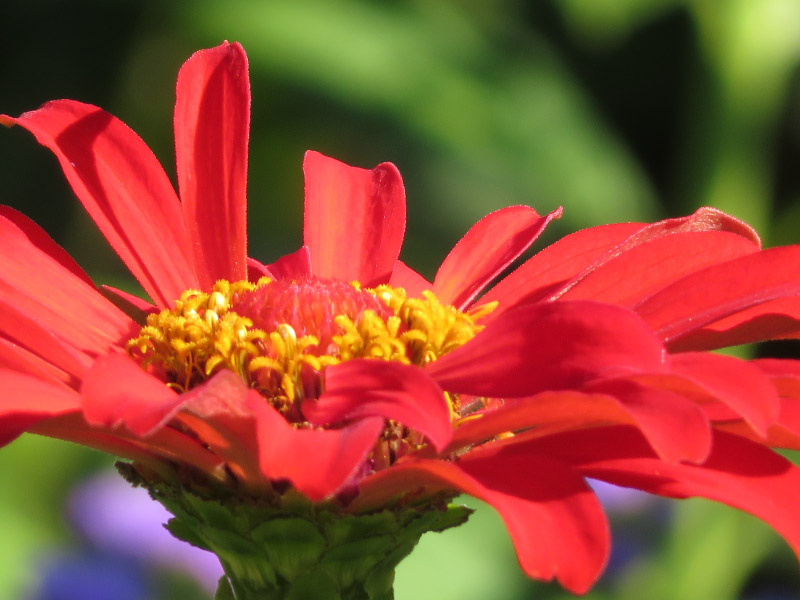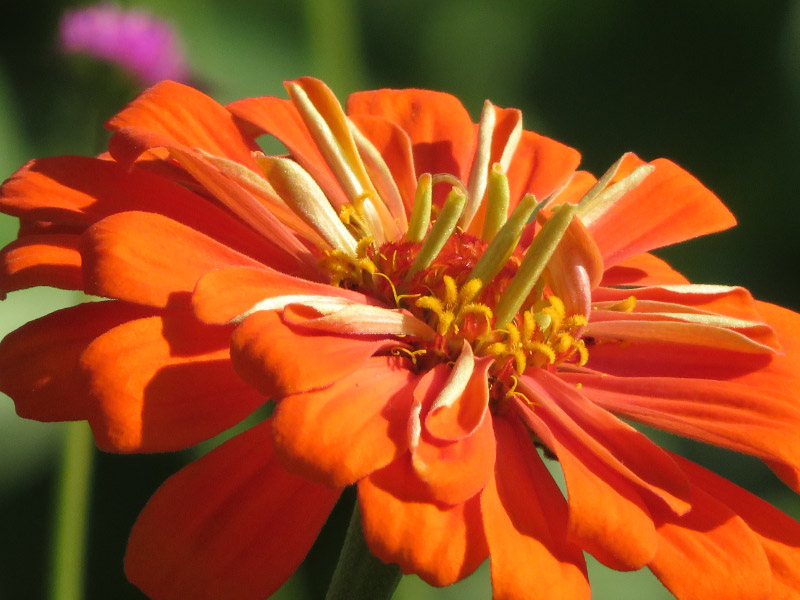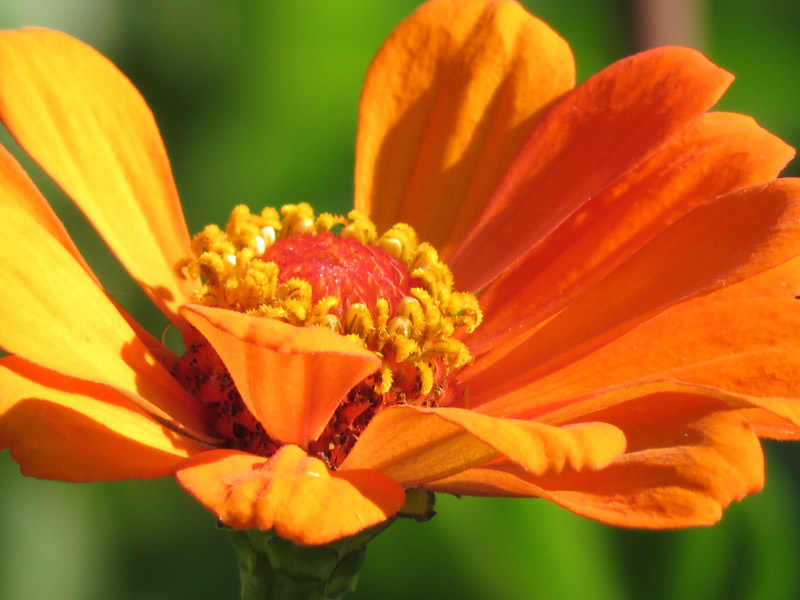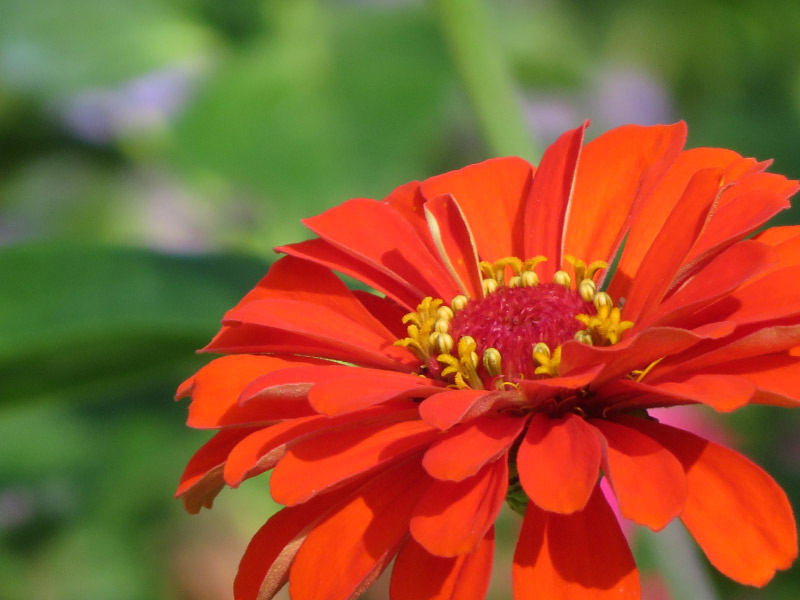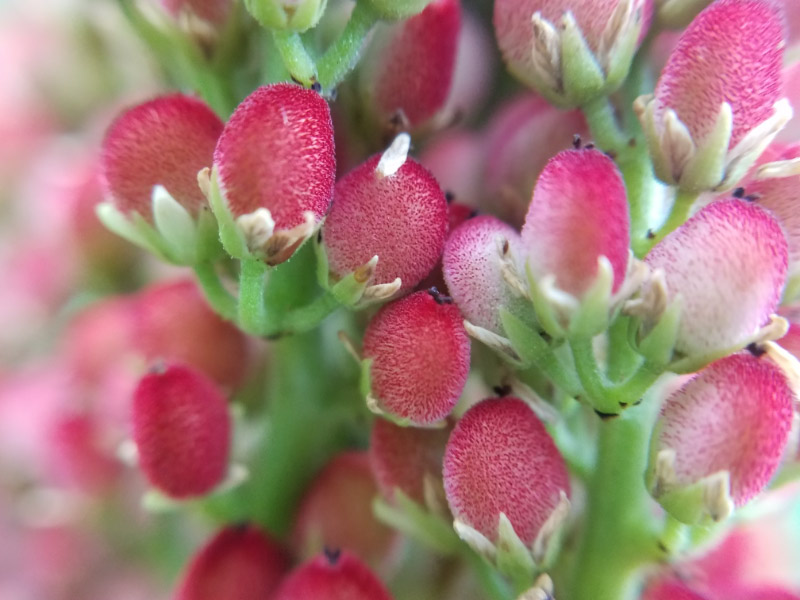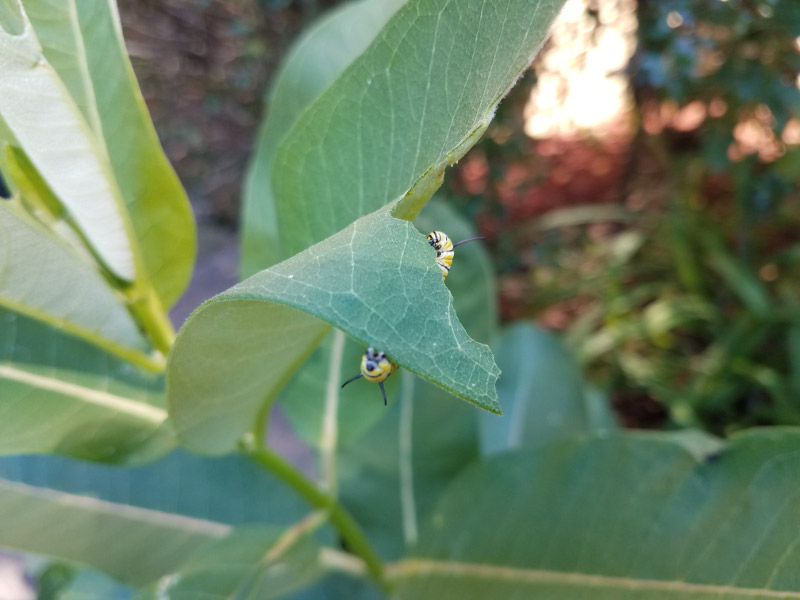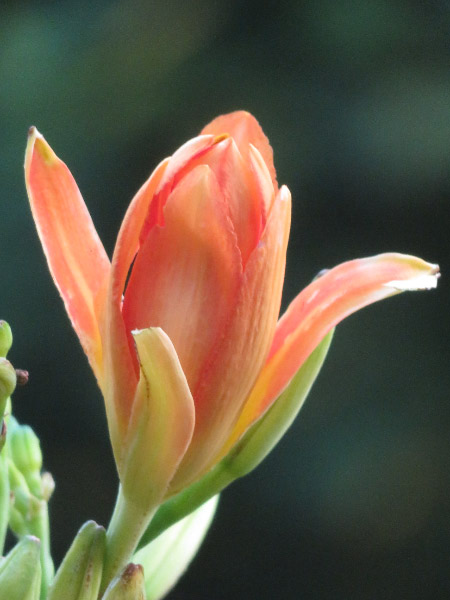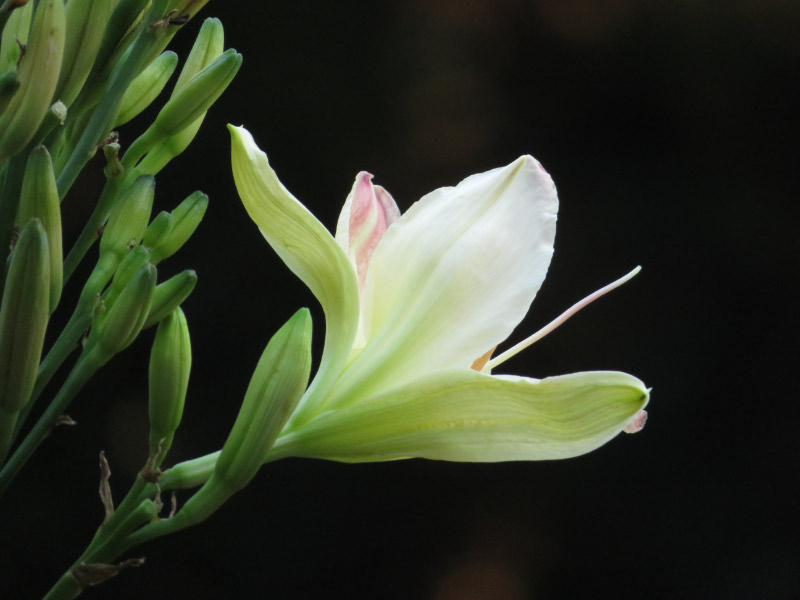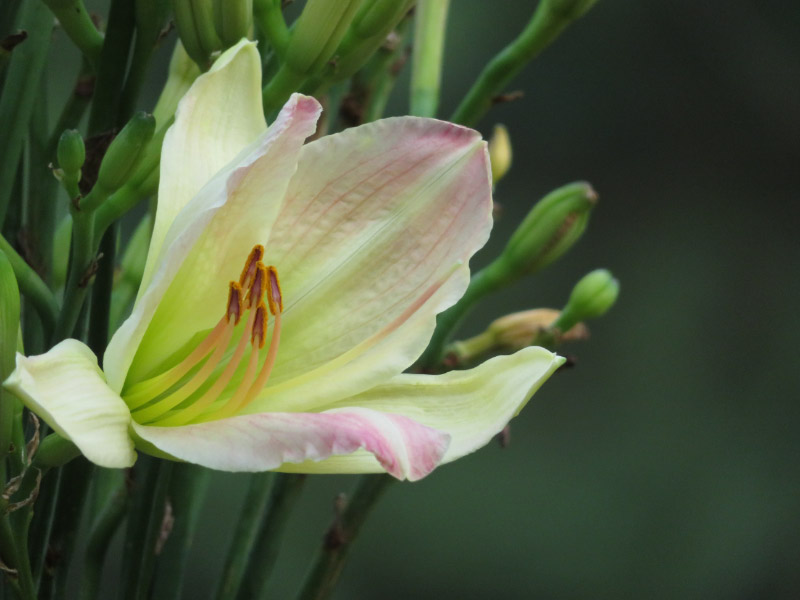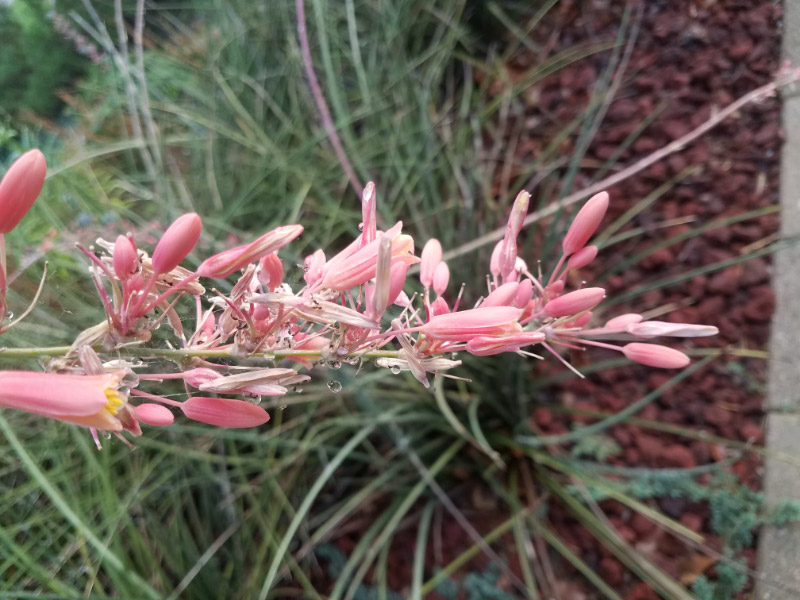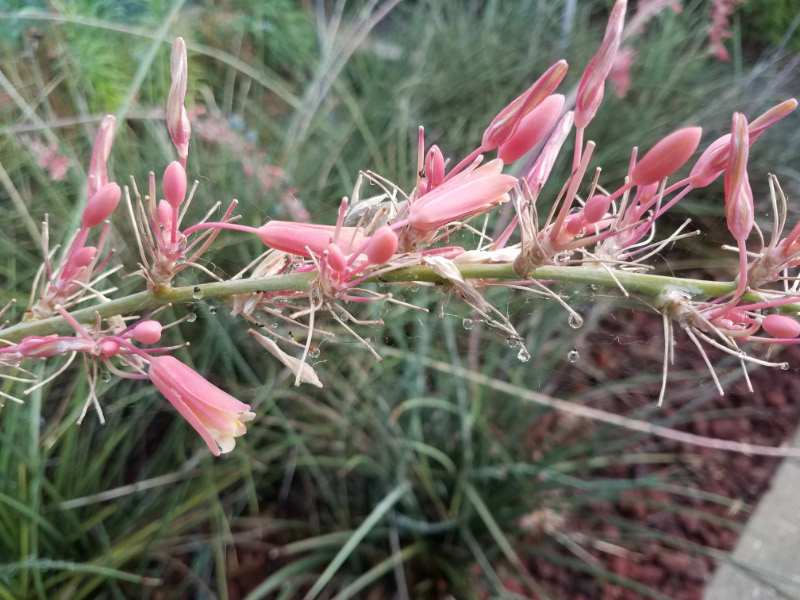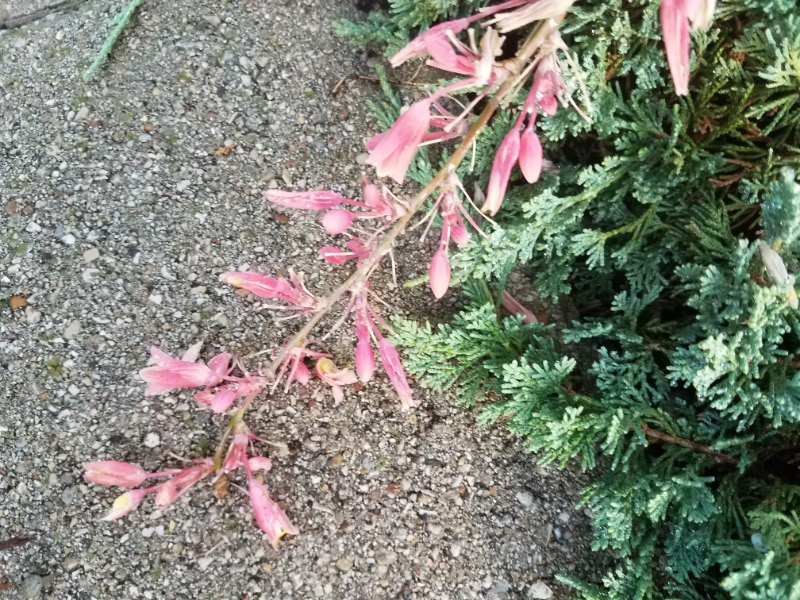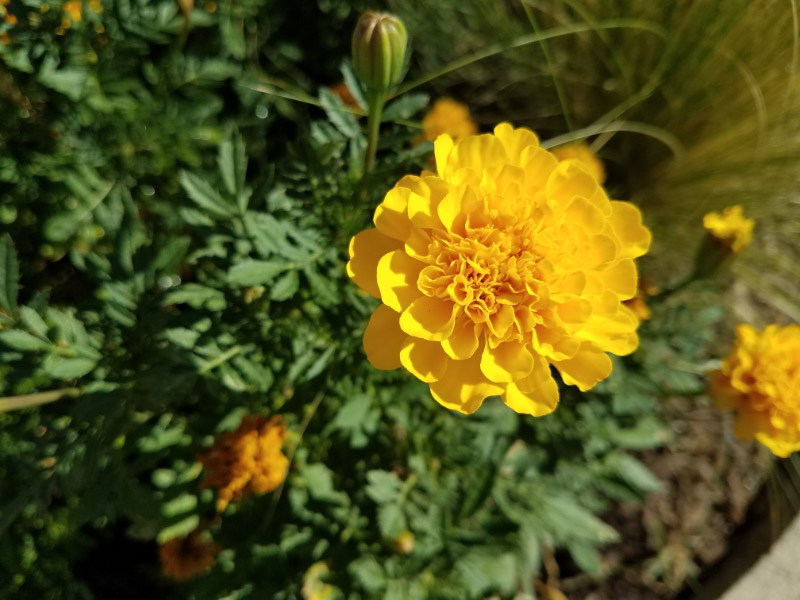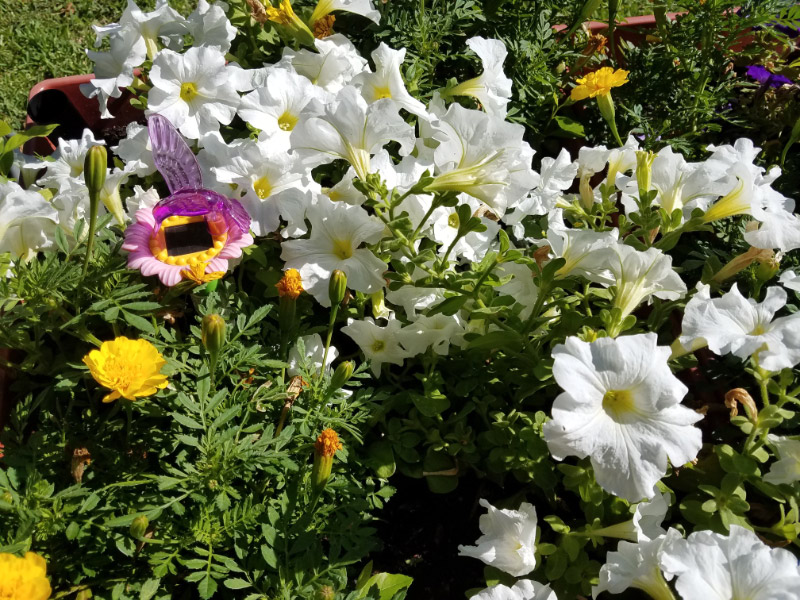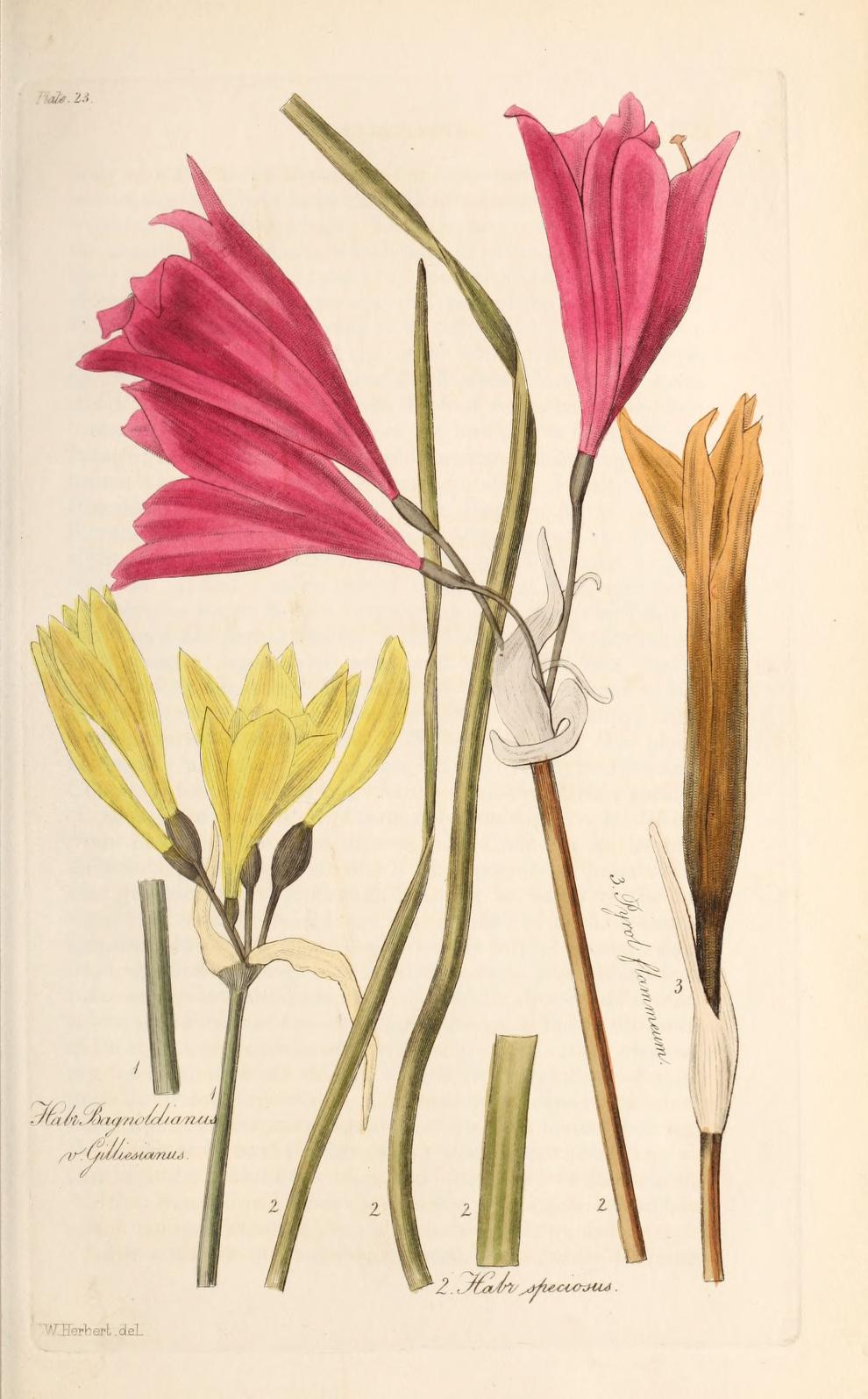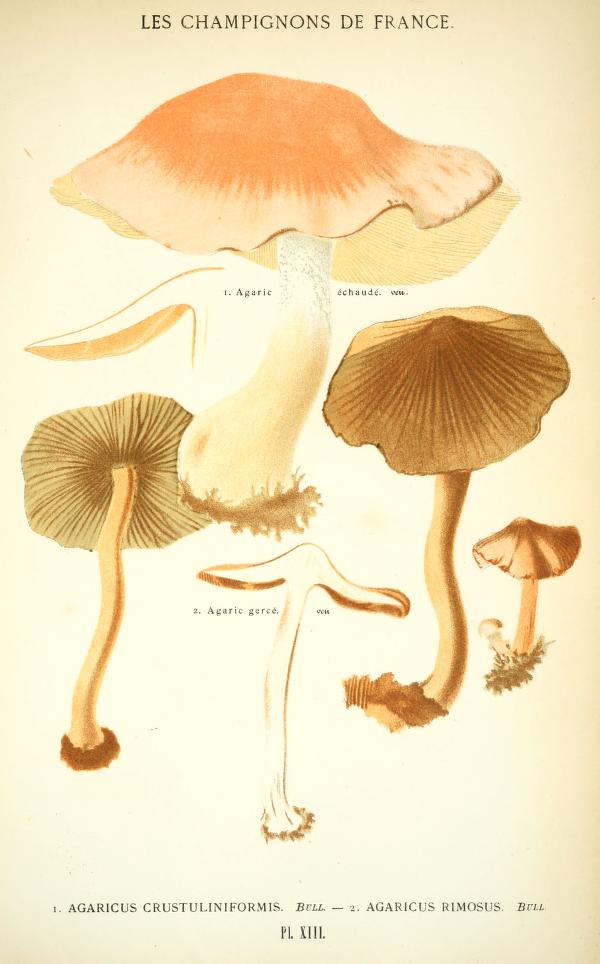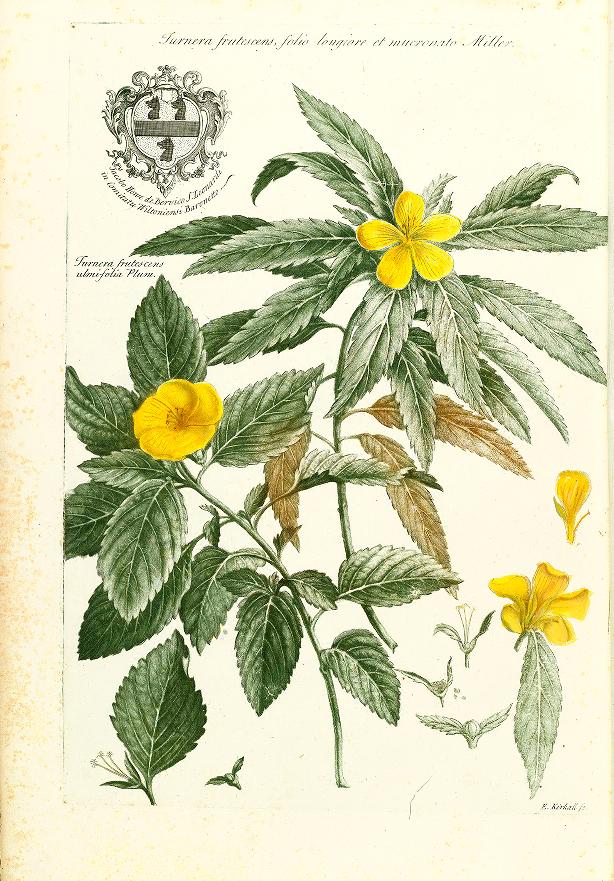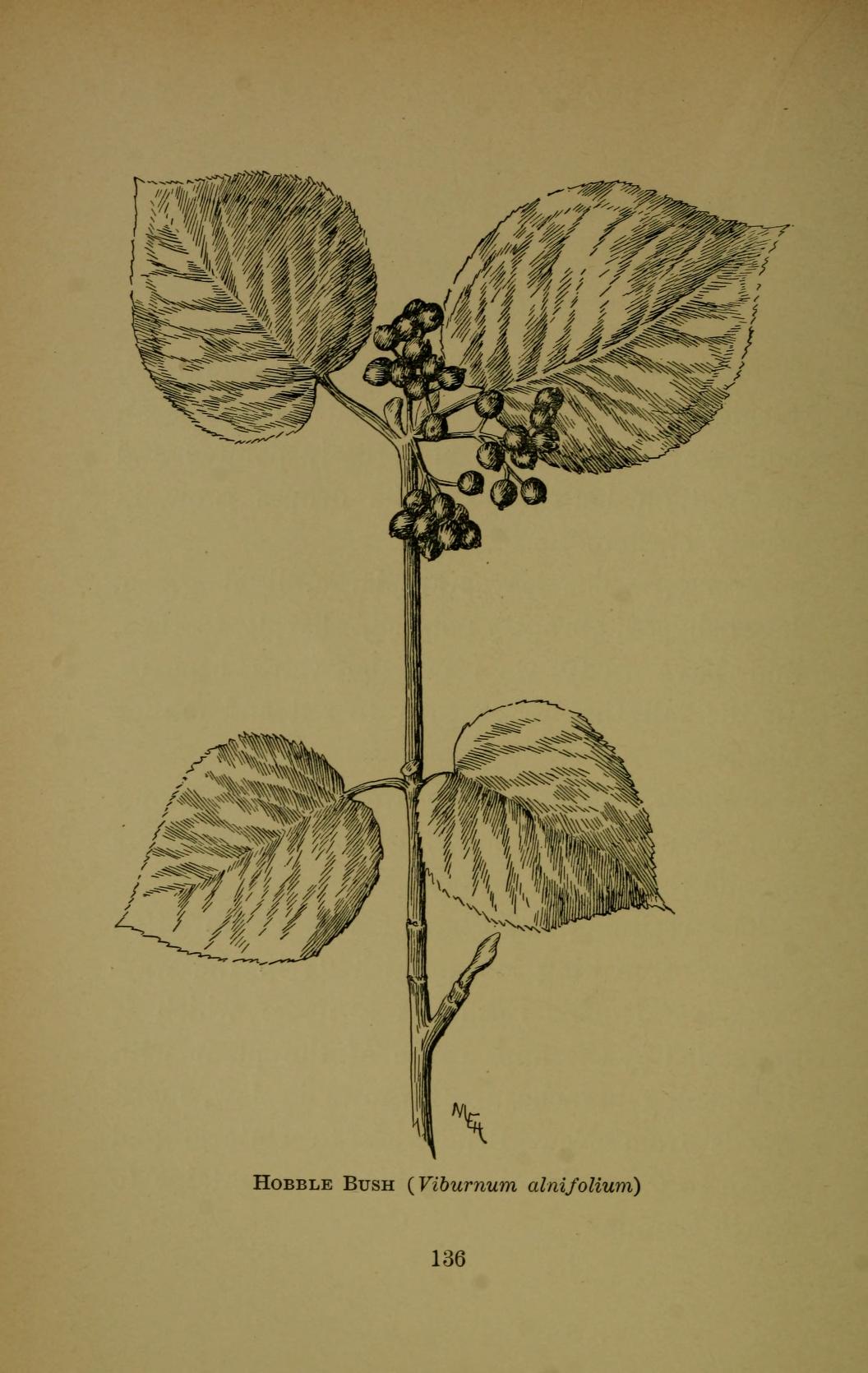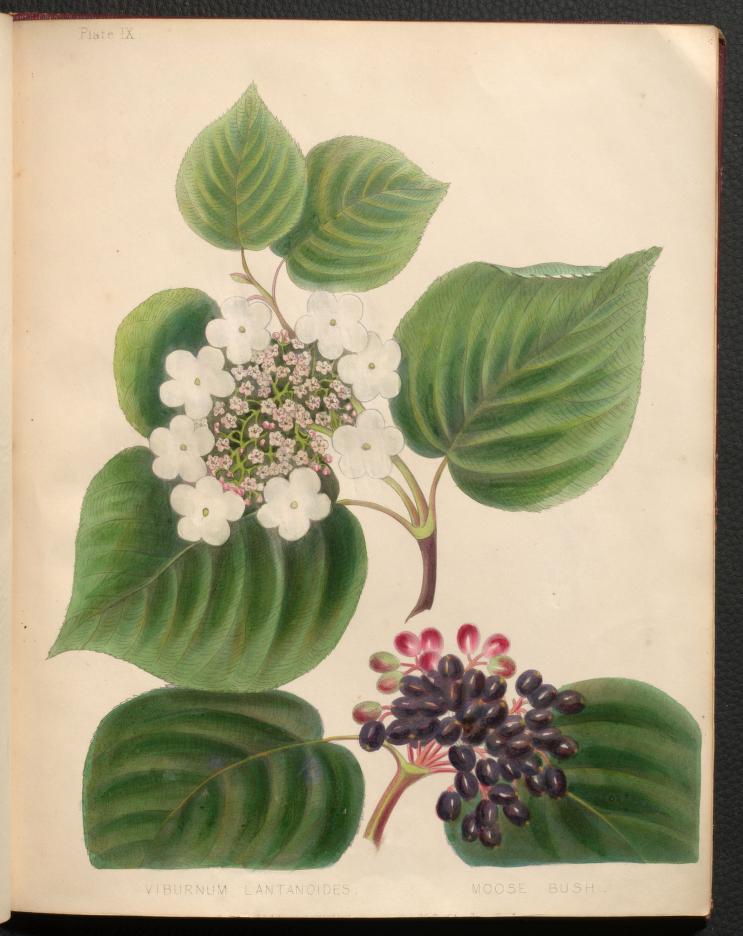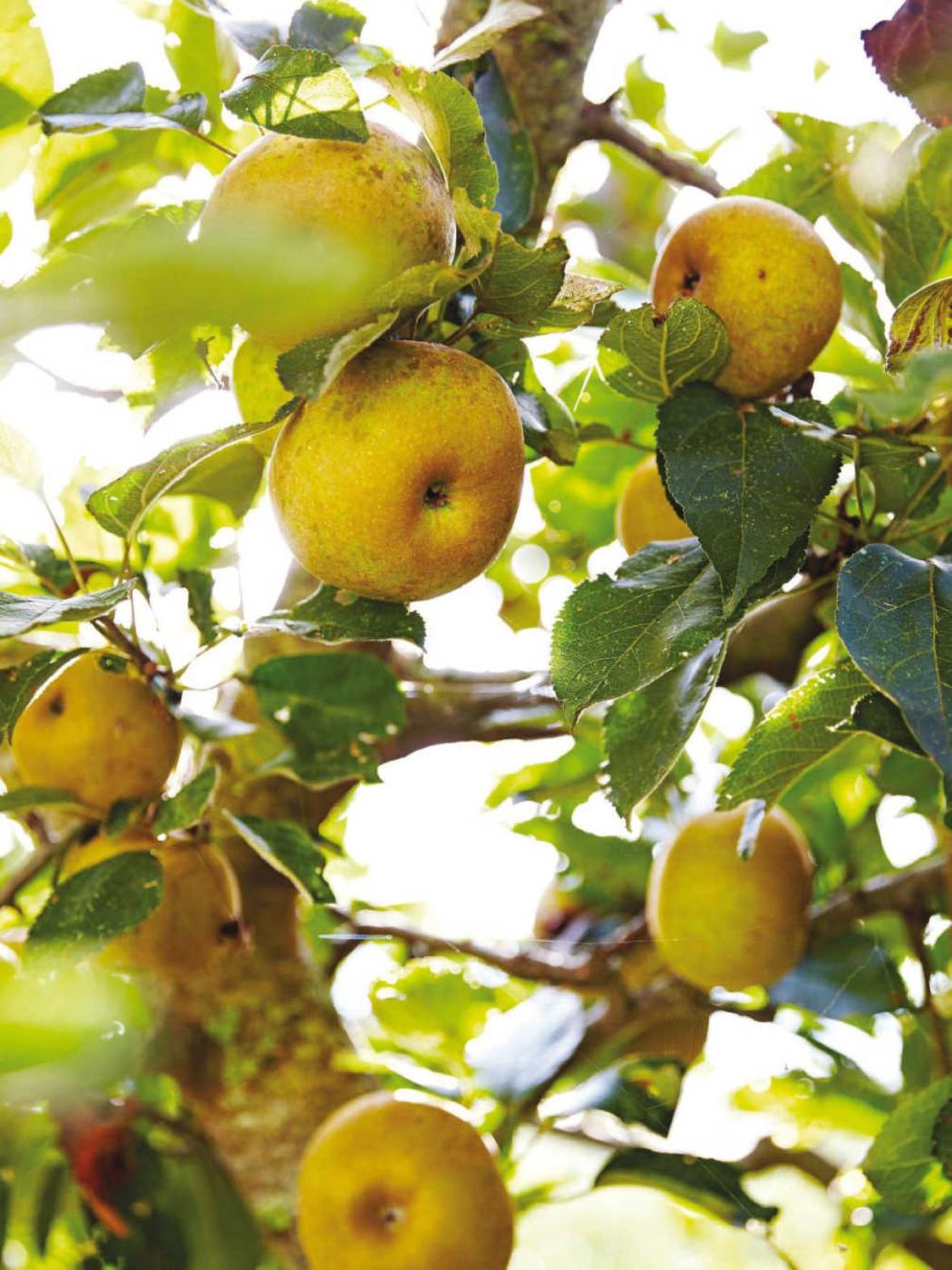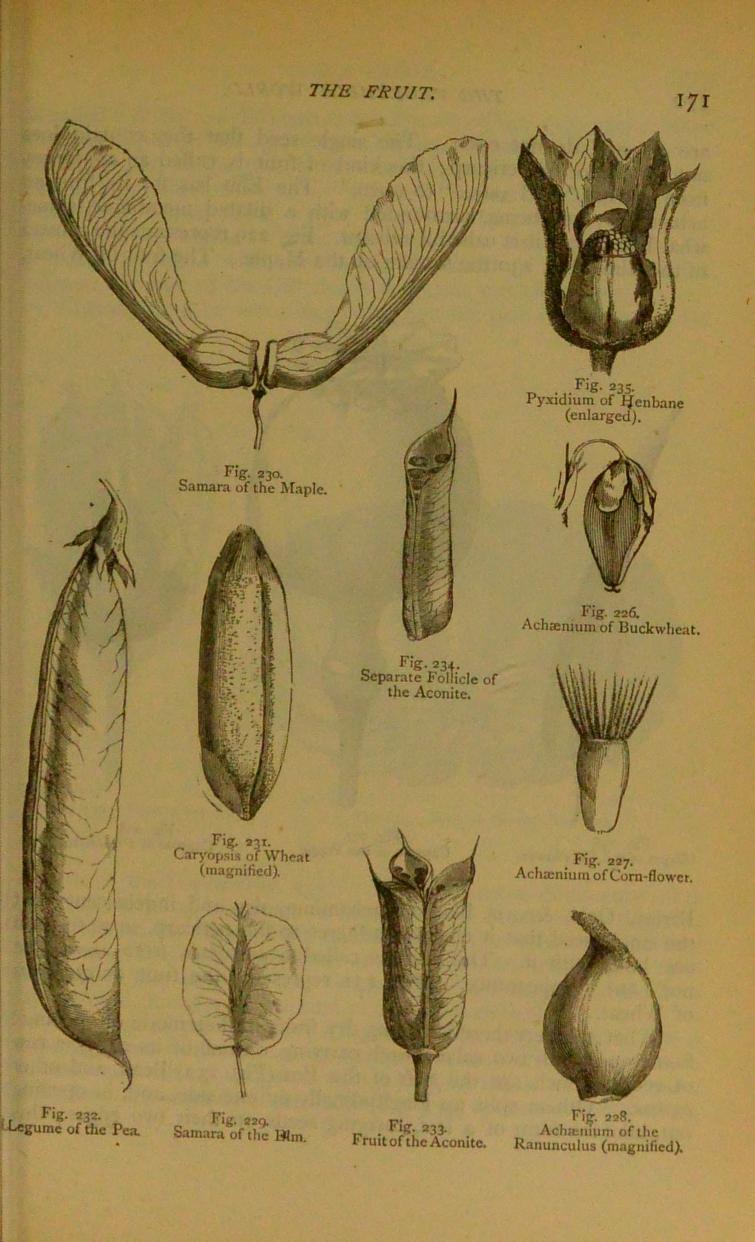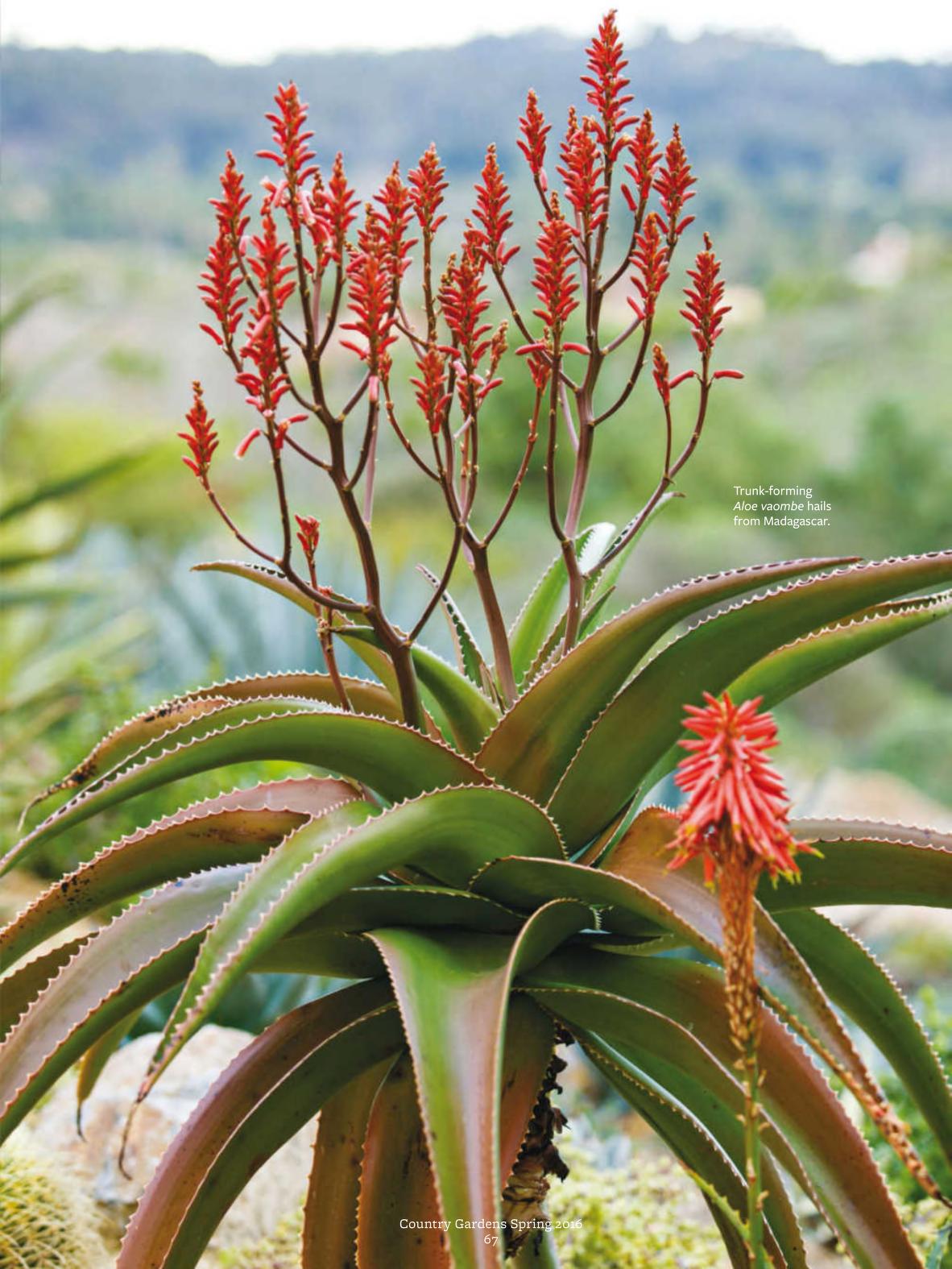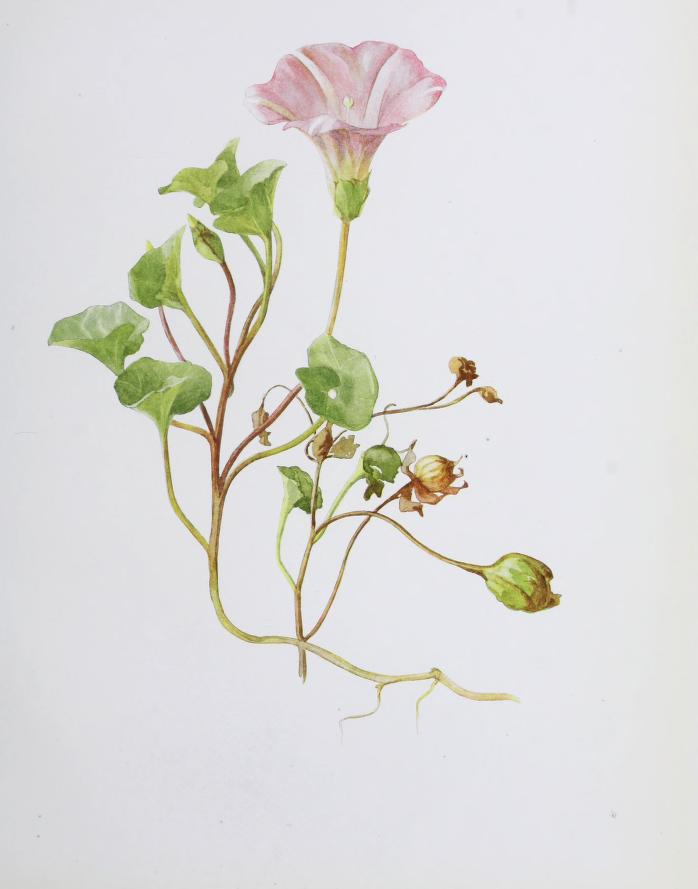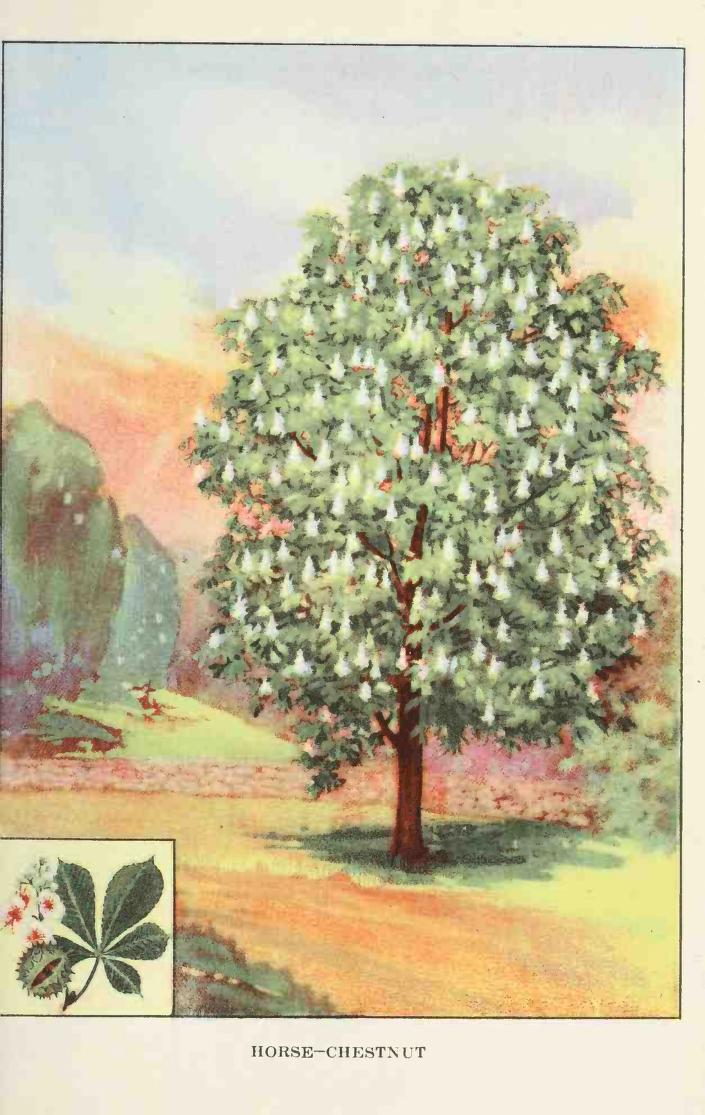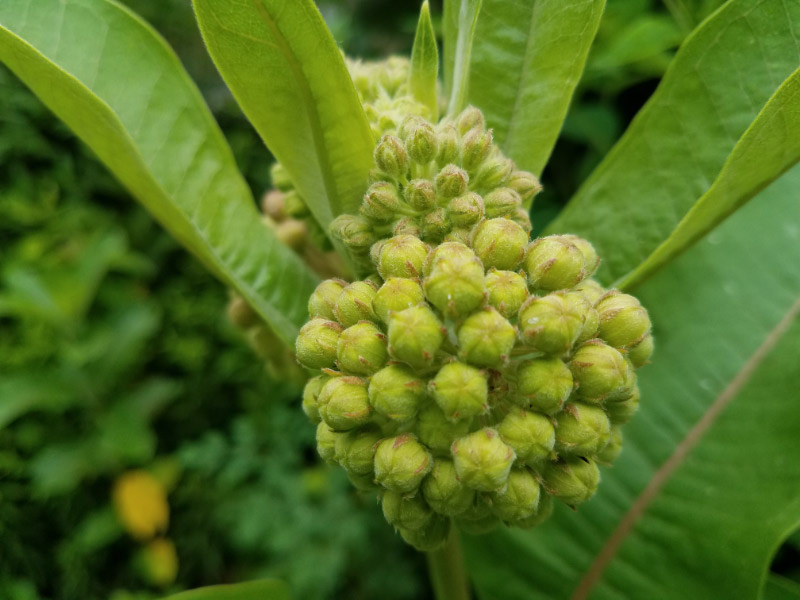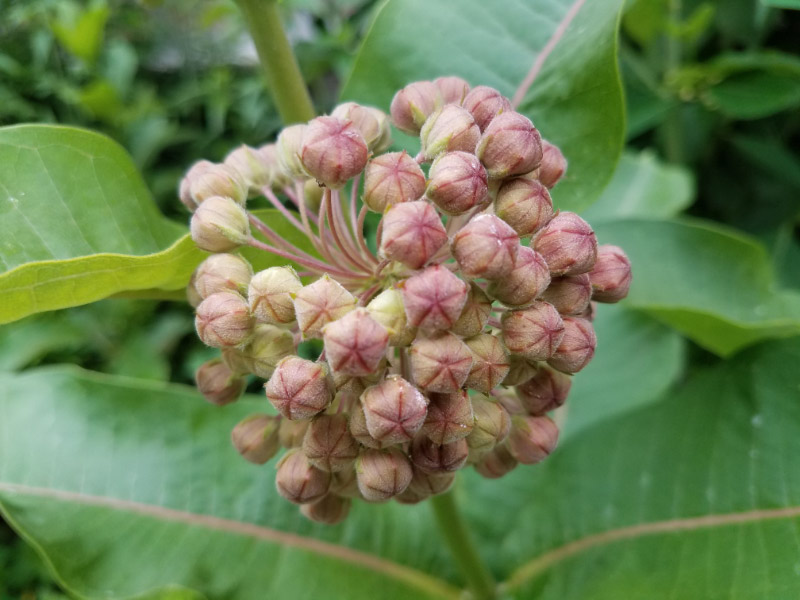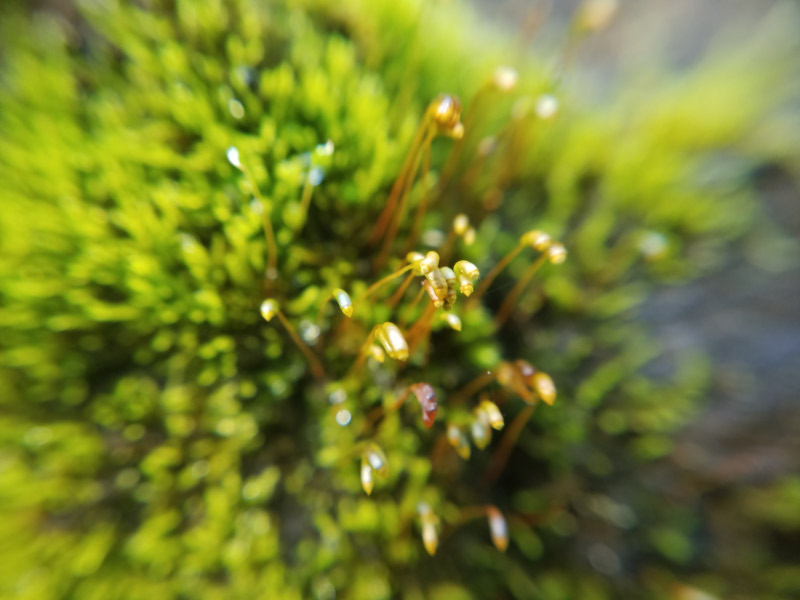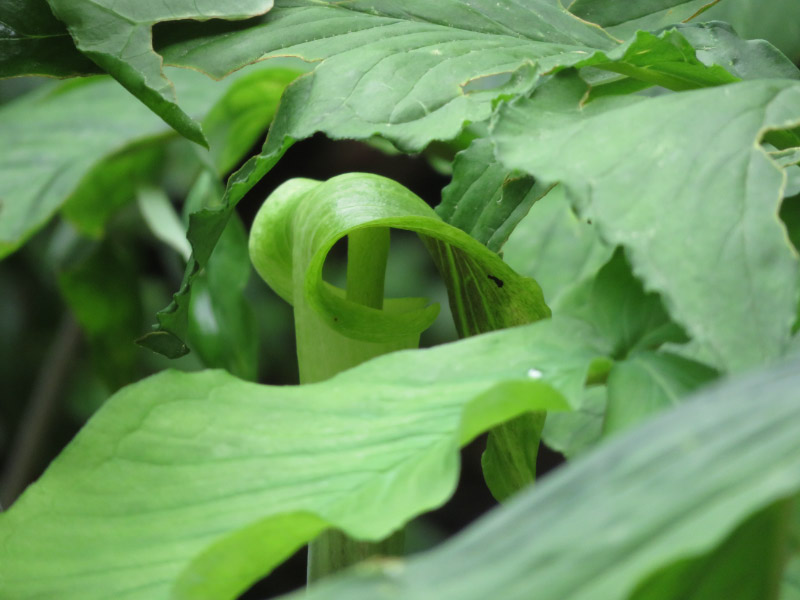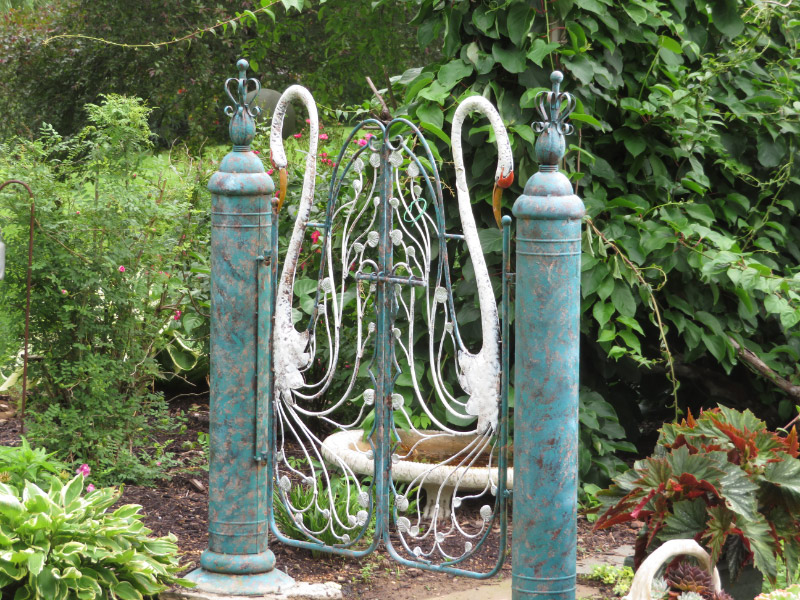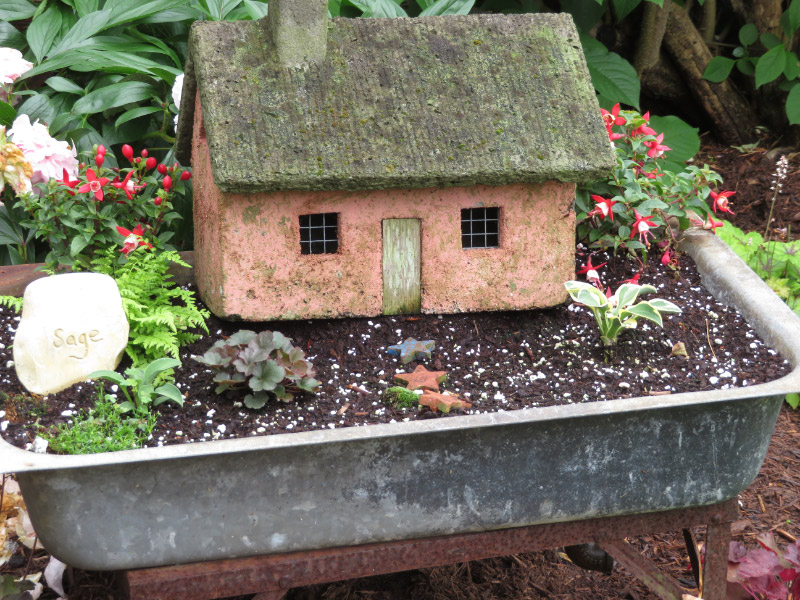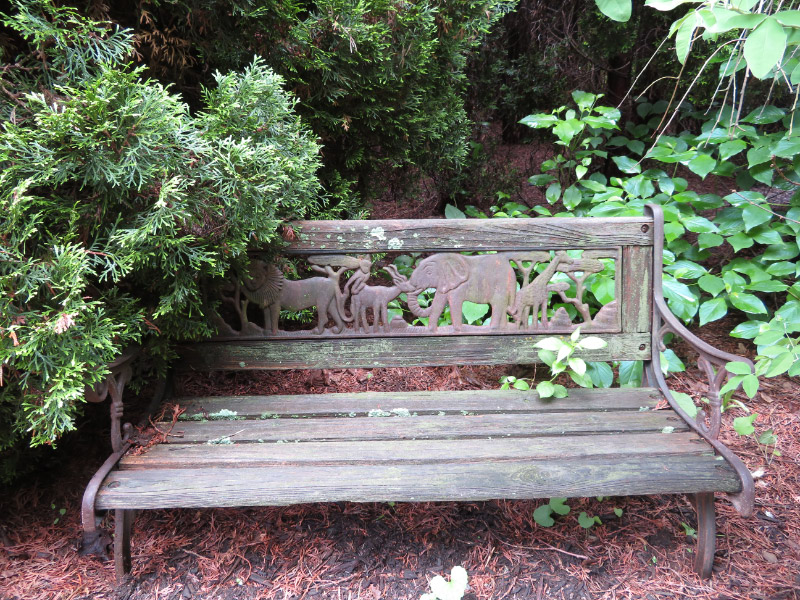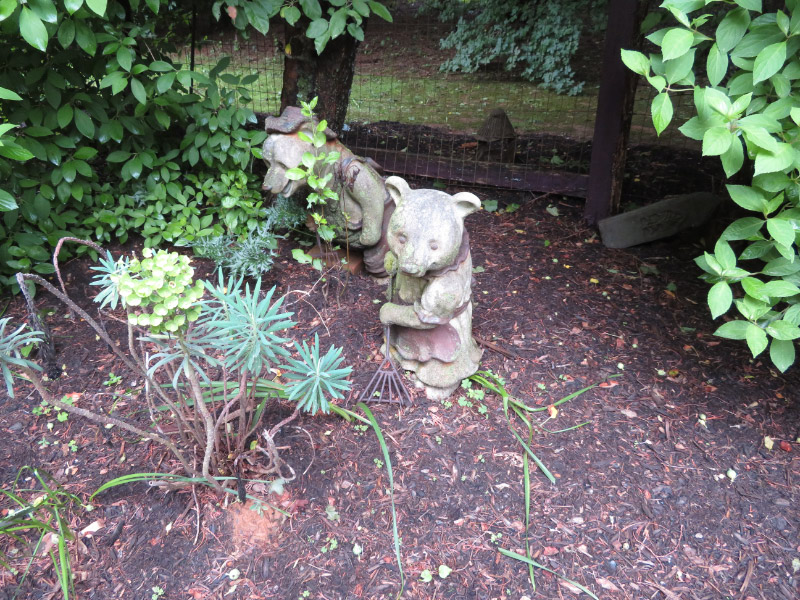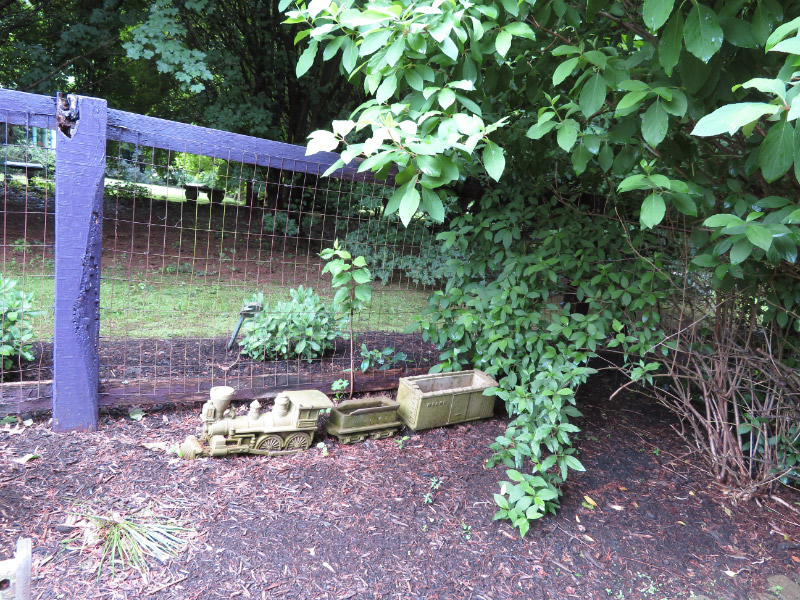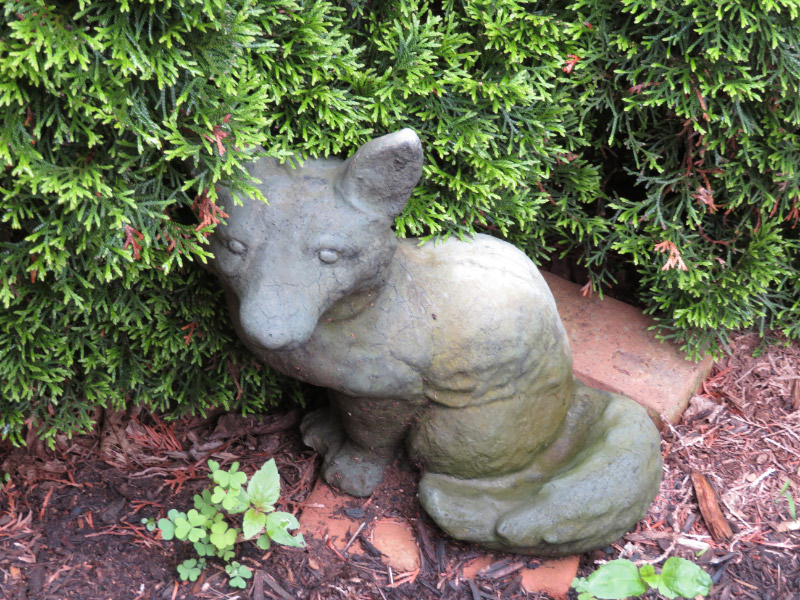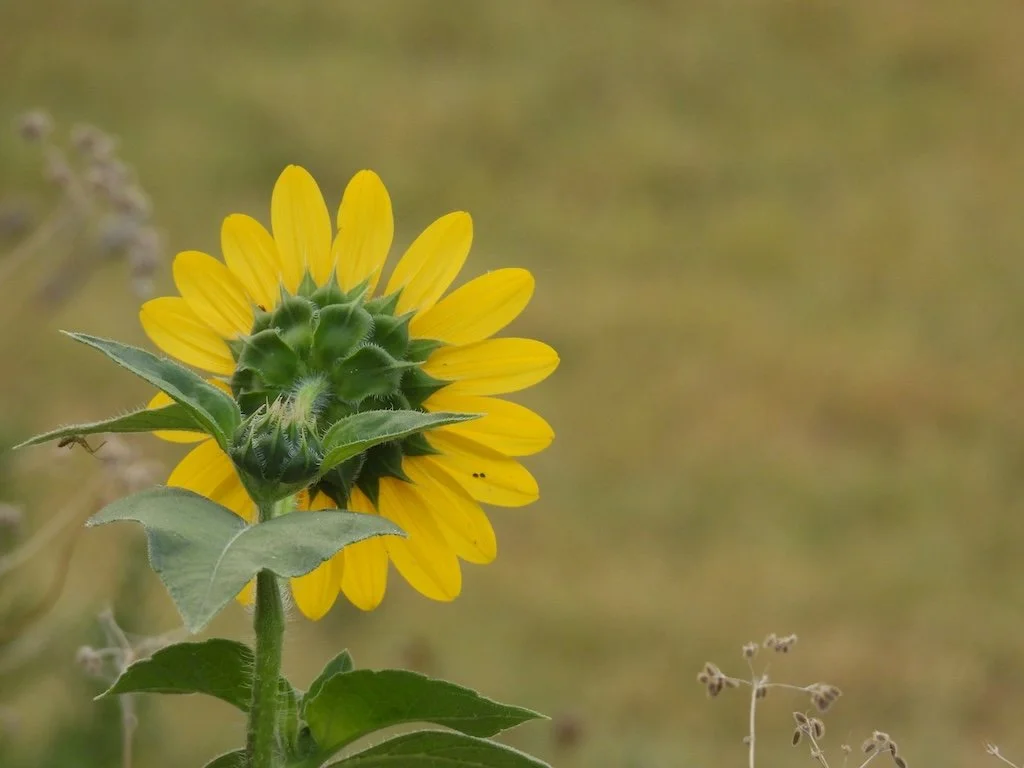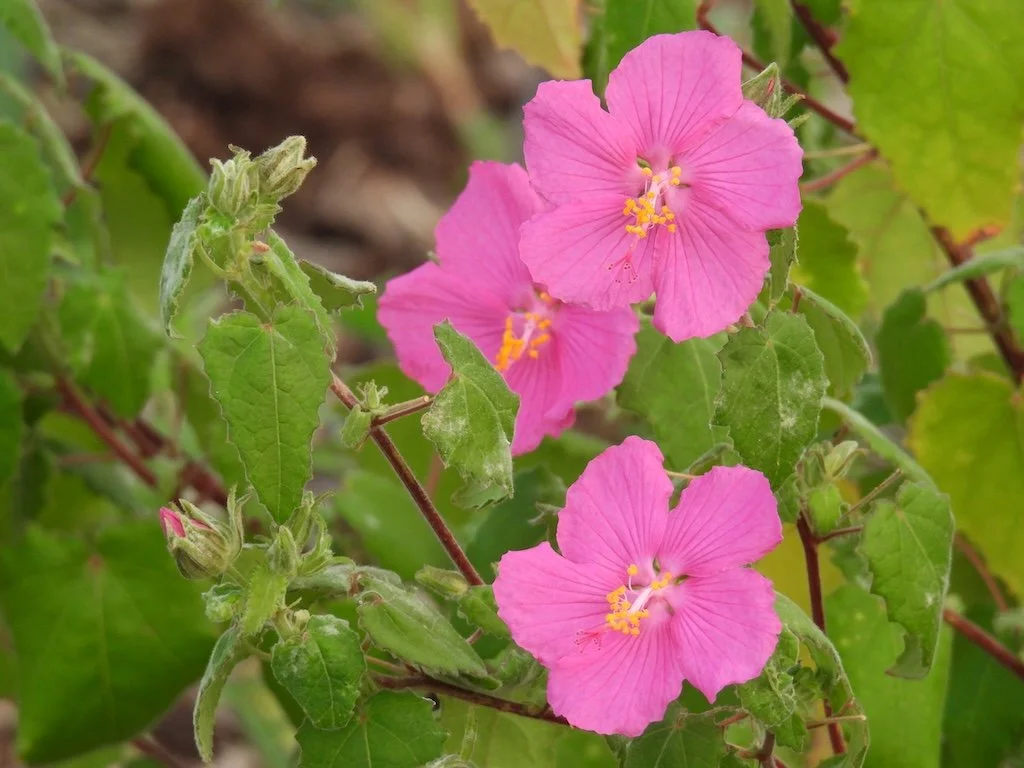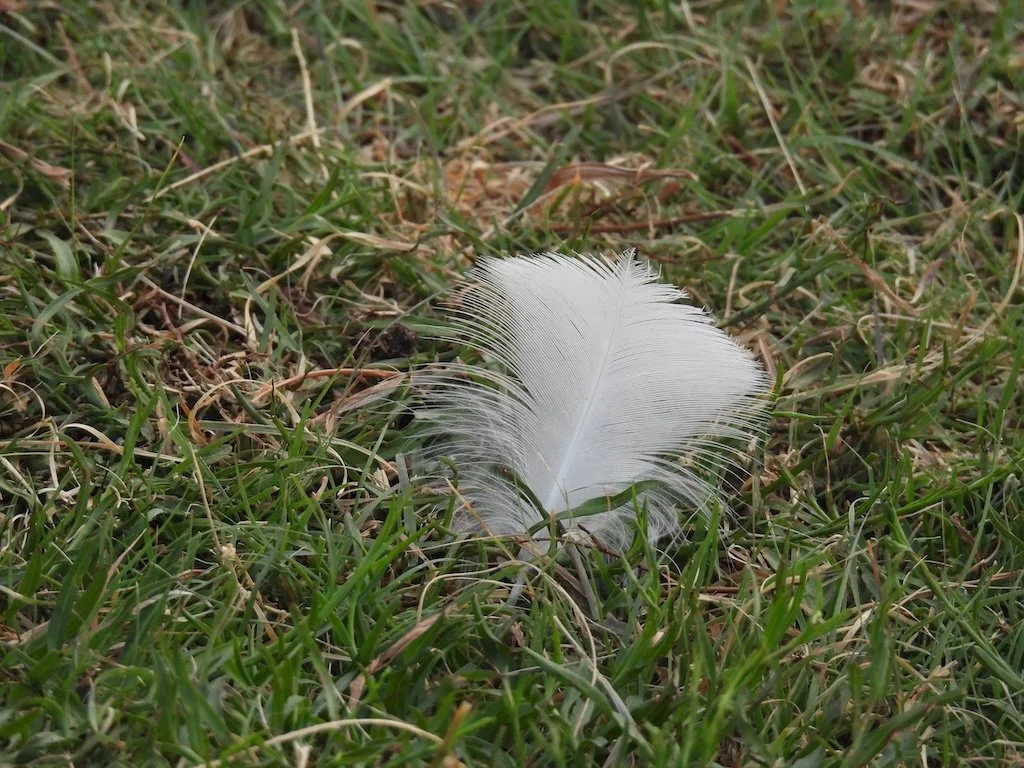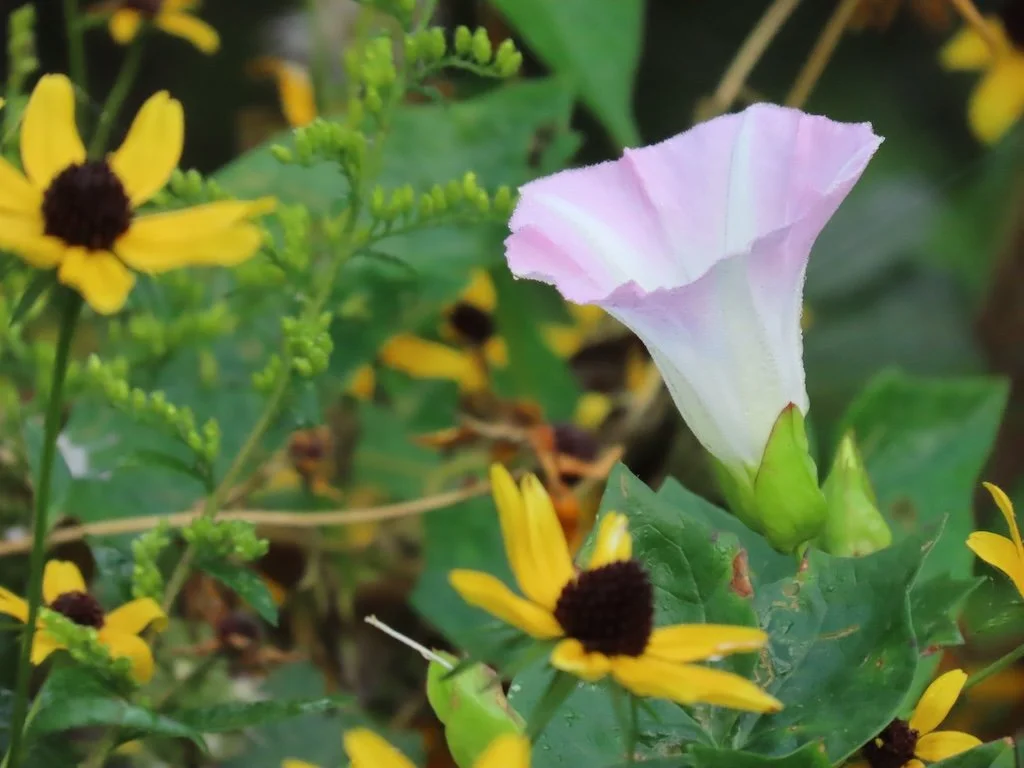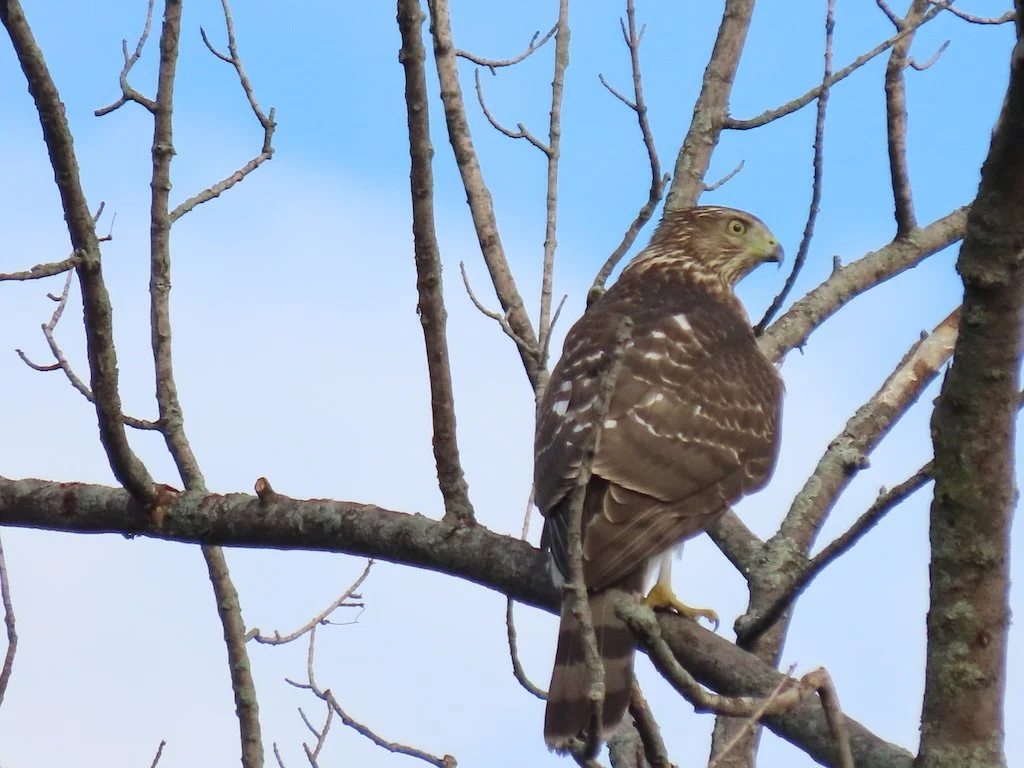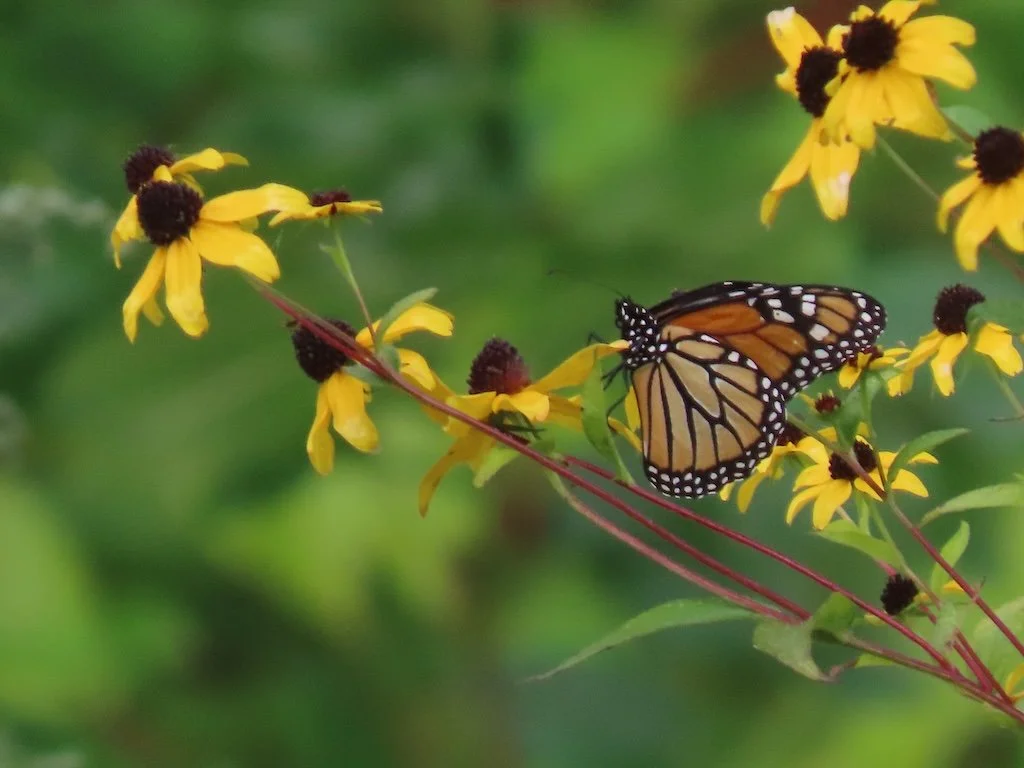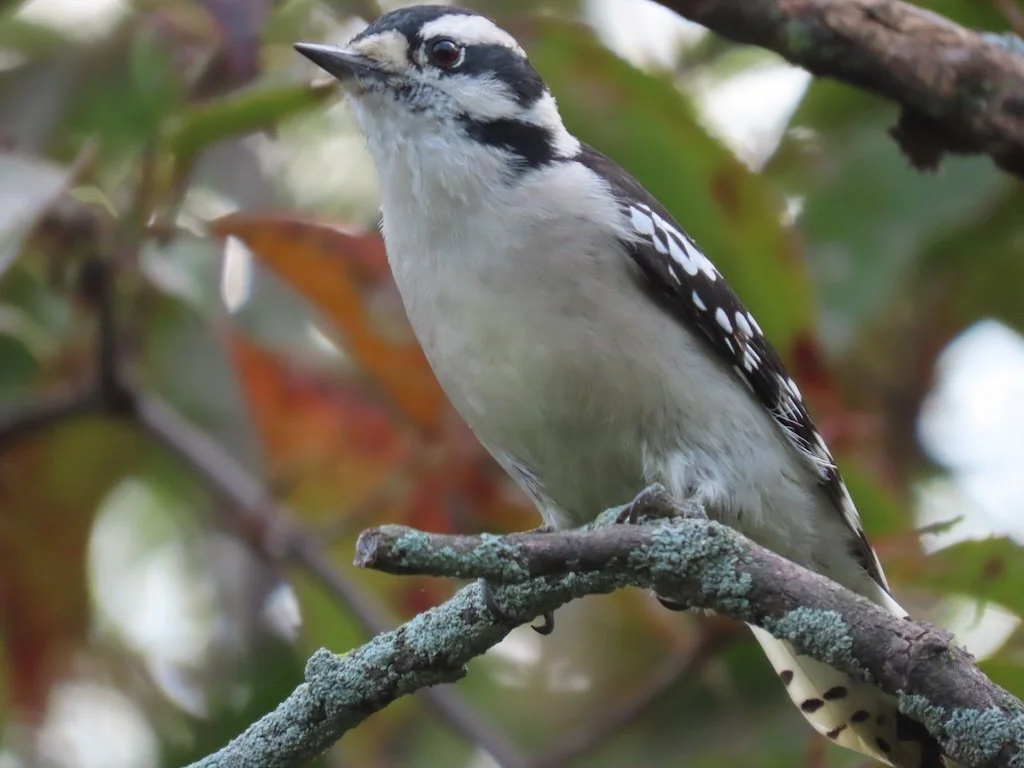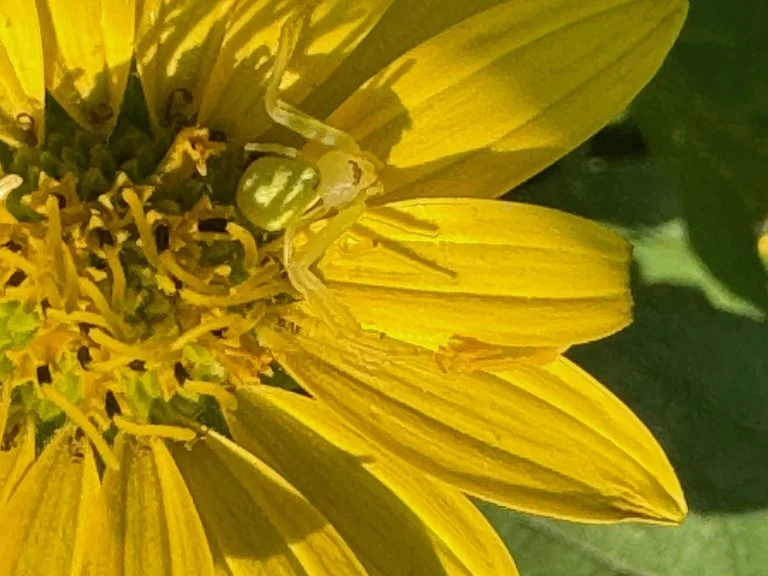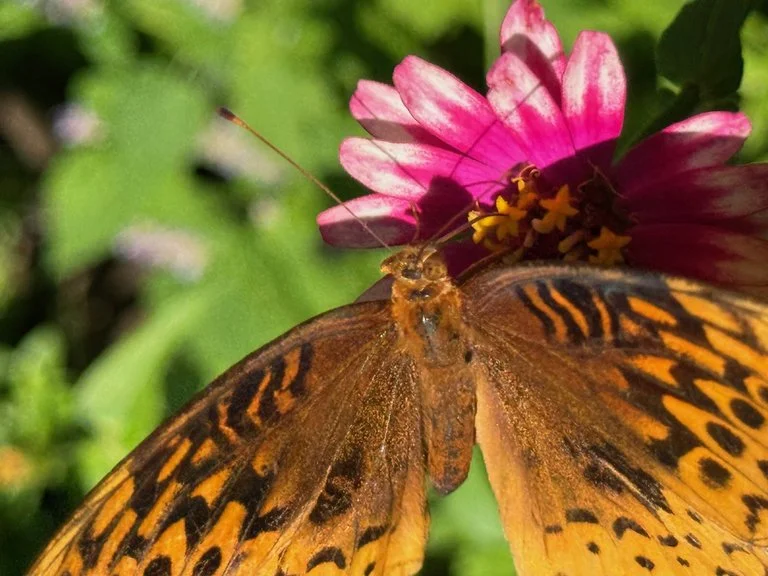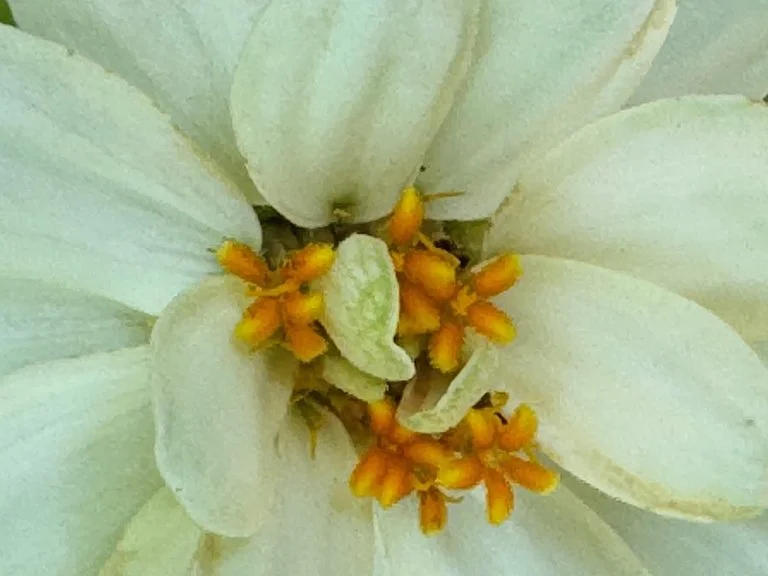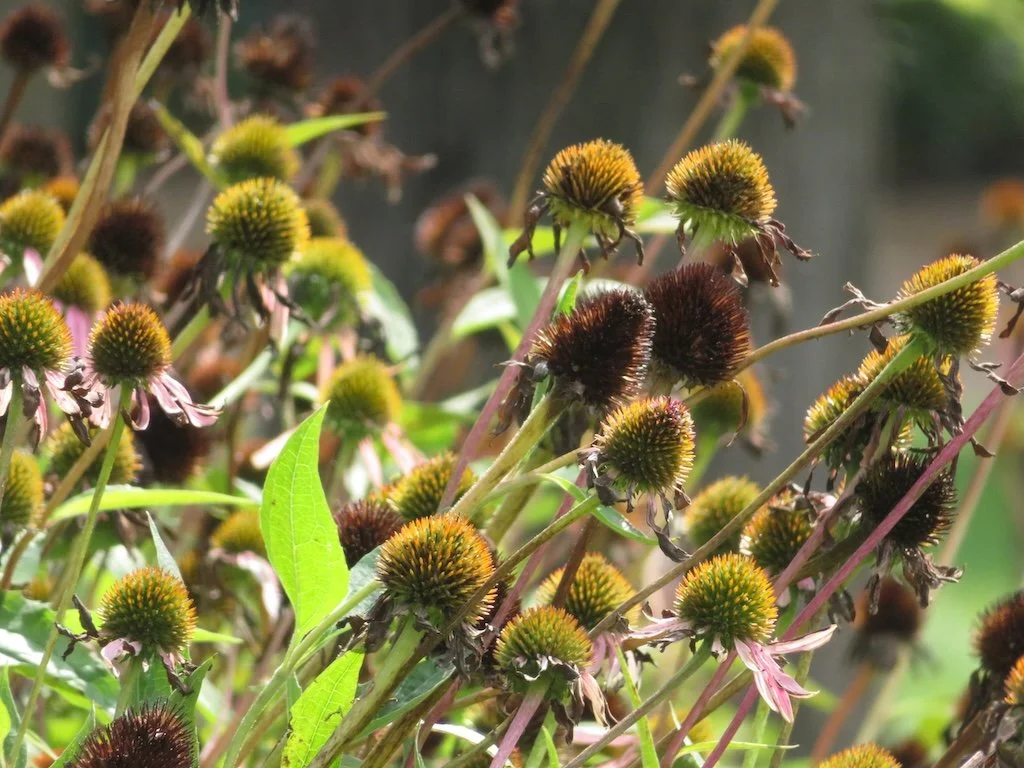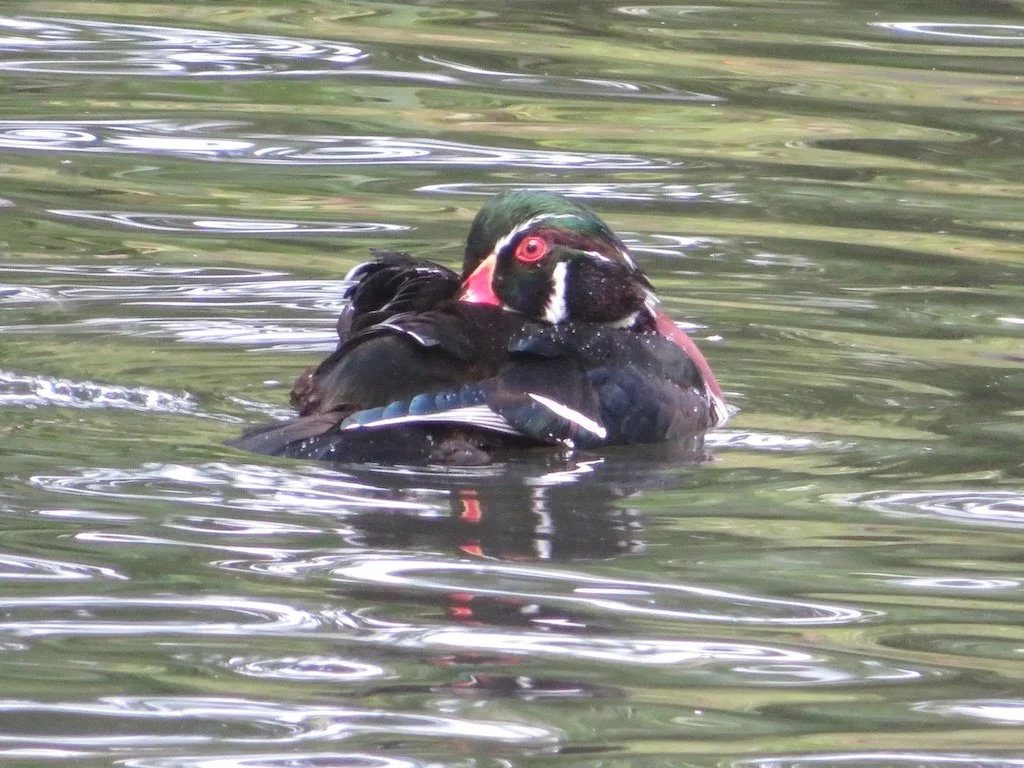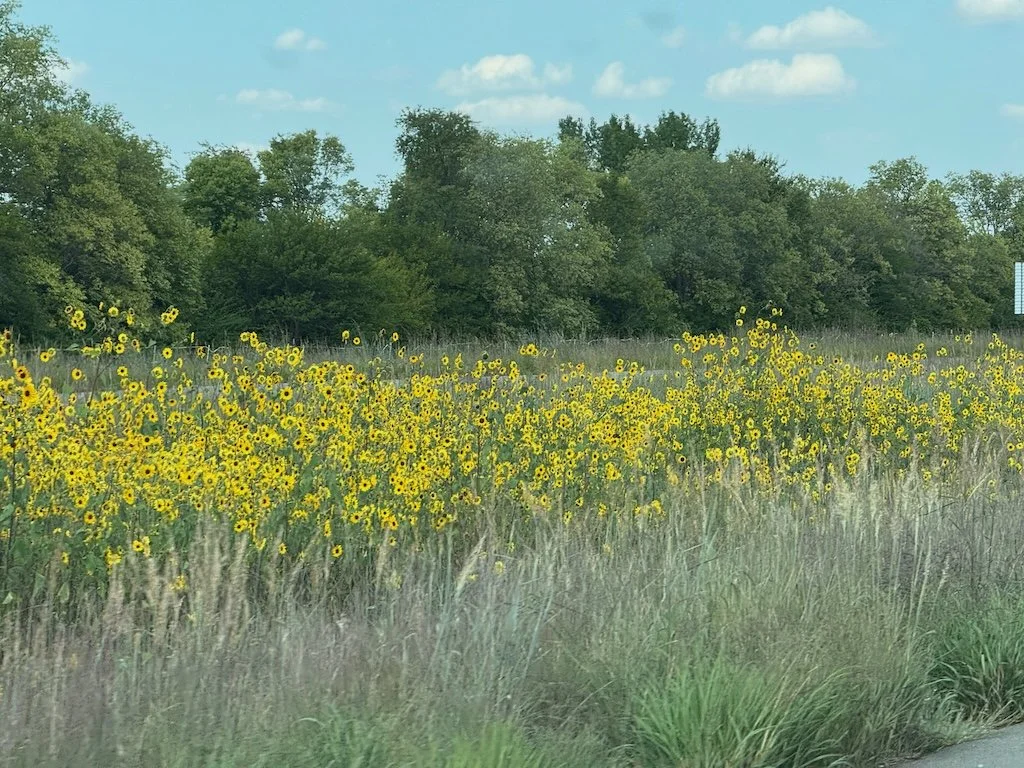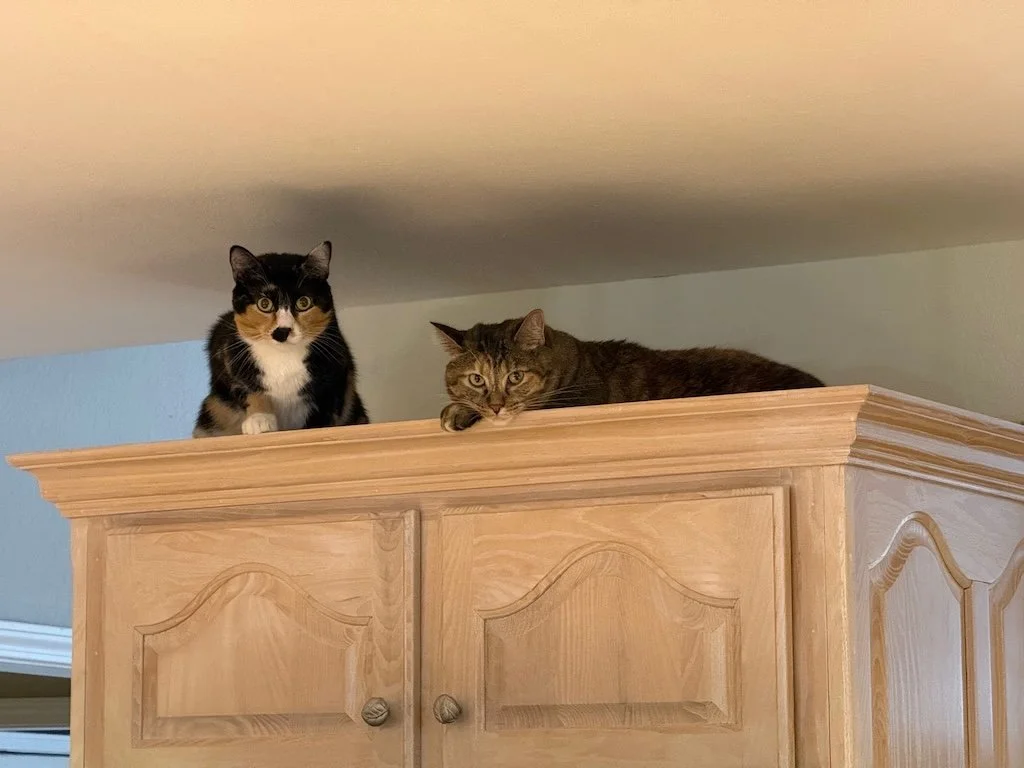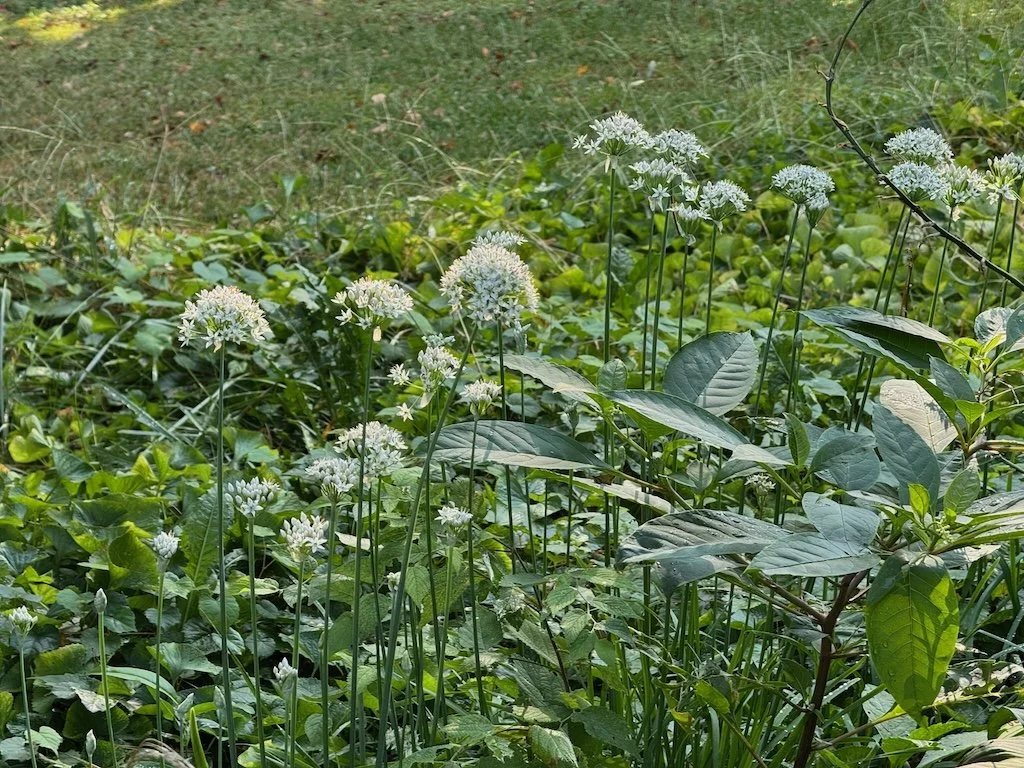Amaryllidaceae * Herbert, William * sample image * 1837
Les champignons de la France * Cordier, Francois Simon * sample image * 1870
Flora Parisiensis Volume 5 * Bulliard, Pierre * sample image * 1893
Die Gartenwelt, Vol 5, 1901 * Schmidt, G. (publisher) * sample image * 1901
Historia plantarum rariorum * Martyn, John * sample image * 1728
How to know the wild fruits * Peterson, Maude Gridley * sample image * 1905
Washington watchable wildflowers : a Columbia Basin guide * Camp, Pamela et al * sample image * 1997
Wild flowers of Nova Scotia * Smith, Titus; Miller, Maria * sample image * 1840
Flea Market Gardens 2015 * misc * sample image * 2015
Fine Gardening Jun 2016 * Aitken, Steve (editor) * sample image * 2016
Country Gardens Summer 2016 * Baggett, James Augustus (editor) * sample image * 2016
Country Gardens Fall 2016 * Baggett, James Augustus (editor) * sample image * 2016
Perennial Garden Ideas 2015 USA * Jimerson, Doug; Weir-Jimerson, Karen * sample image * 2015
The vegetable world : being a history of plants * Figuier, Louis * sample image * 1869
British flowering plants V1 * Boulger, George Simonds; Mrs. Henry Perrin (illustrator) * sample image * 1914
Country Gardens Spring 2016 * Baggett, James Augustus (editor) * sample image * 2016
British flowering plants V2 * Boulger, George Simonds; Mrs. Henry Perrin (illustrator) * sample image * 1914
American country homes and their gardens * Baker, John Cordis * sample image * 1906
British flowering plants V3 * Boulger, George Simonds; Mrs. Henry Perrin (illustrator) * sample image * 1914
British flowering plants V4 * Boulger, George Simonds; Mrs. Henry Perrin (illustrator) * sample image * 1914
The Nature Library - Trees * Rogers, Julia Ellen * sample image * 1926
The New Flora Britannica - Vol 1 * Edwards, Sydenham; Sansom, Francis * sample image * 1812
The New Flora Britannica - Vol 2 * Edwards, Sydenham; Sansom, Francis * sample image * 1812
Fine Gardening May 2017 * Aitken, Steve (editor) * sample image * 2017
